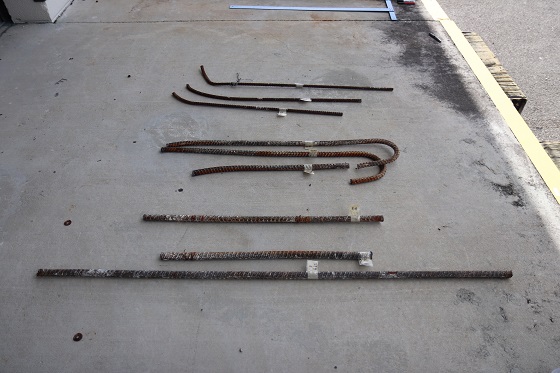A preliminary investigative update1 issued in November by the U.S. National Transportation Safety Board (NTSB) (Washington, DC, USA) says errors were made in the design of a 174-ft (53-m) span on a pedestrian bridge near Miami, Florida, USA, which collapsed in March 2018 and led to numerous fatalities.
According to investigators, who note that the probe remains ongoing, the cracking that was observed prior to the bridge’s collapse is consistent with those design errors.
The pedestrian bridge was built to handle foot traffic near the Florida International University (FIU) (University Park, Florida, USA) campus. The school was on spring break during the week of the incident.
Key Design Errors
Six people were killed and eight others injured when the bridge collapsed on March 15, 2018. Eight vehicles were crushed, with seven of the vehicles occupied at the time. The bridge was in the process of post-tension rod adjustment when it suddenly failed, and the road beneath it had been opened to traffic.2
The investigative update explains that errors made were in the design of the northern nodal region of the span, where two truss members were connected to the bridge deck. The design errors resulted in an overestimation of the capacity—or resistance—of a critical section through the node, as well as apparent underestimation of the demand—or load—on that section.
The Turner-Fairbanks Highway Research Center in McLean, Virginia, USA, part of the U.S. Federal Highway Administration (FHWA) (Washington, DC, USA), conducted numerous tests and examinations of concrete and steel samples taken from the bridge following its collapse. The FHWA is a party to the NTSB’s investigation.
Materials testing was conducted on two separate dates.
Materials Testing Results

According to the investigative update, key findings from the testing were as follows:
• Test results showed that all concrete core specimens obtained from both the bridge deck and the canopy met the compression requirements, as per the project plans.
• The design plans specified that the concrete used for the project was required to meet Florida Department of Transportation (Tallahassee, Florida, USA) specifications. All specimens from both the bridge deck and the canopy were within the specified range for total air content.
• Two types of specimens were tested during evaluation of the post-tensioning rods: machined round bar specimens and full-size bar specimens. For all tension tests, the specimens met the specified minimum yield strength, tensile strength, and percent elongation at fracture.
• The steel reinforcing bars collected from the collapsed structure included several different sizes, identified as #5, #7, #8, and #11. Collapse-induced deformation of the size #7 bars precluded their testing. Tension test results for the remaining size #5, #8, and #11 bars found that all met the minimum yield strength, tensile strength, and percent elongation at fracture for their respective sizes.
The design review was conducted by the FHWA’s Office of Bridges and Structures in support of the NTSB’s probe.
Investigation Still Ongoing
NTSB explains that its investigation of the bridge collapse is ongoing, adding that the information from the November update is preliminary and will be supplemented or corrected as the investigation progresses. “As such, no conclusions about probable cause should be drawn from the information contained in the investigative update,” NTSB writes.
In a press release3 on FIU’s website, Kenneth Jessell—senior vice president for finance and administration and chief financial officer—says the university continues to work with NTSB on the investigation as it nears its conclusion.
“At FIU, we continue to fully cooperate with the NTSB so that it may finish its investigation and complete a final report and safety recommendations,” Jessell says. “We hope the results of the investigation will help bring closure to the families and loved ones of the victims.”
Source: NTSB, www.ntsb.gov.
References
1 “NTSB Issues 2nd Investigative Update in FIU Bridge Collapse Investigation,” NTSB News Releases, Nov. 15, 2018, https://www.ntsb.gov/news/press-releases/Pages/NR20181115.aspx (Dec. 18, 2018).
2 “Florida International University Pedestrian Bridge Collapse,” Wikipedia, the free encyclopedia, https://en.wikipedia.org/wiki/Florida_International_University_pedestrian_bridge_collapse (Dec. 18, 2018).
3 “NTSB Releases Update on 8th Street Bridge Accident Investigation,” FIU News, Nov. 15, 2018, https://news.fiu.edu/2018/11/ntsb-releases-update-on-8th-street-bridge-accident-investigation/128040 (Dec. 18, 2018).